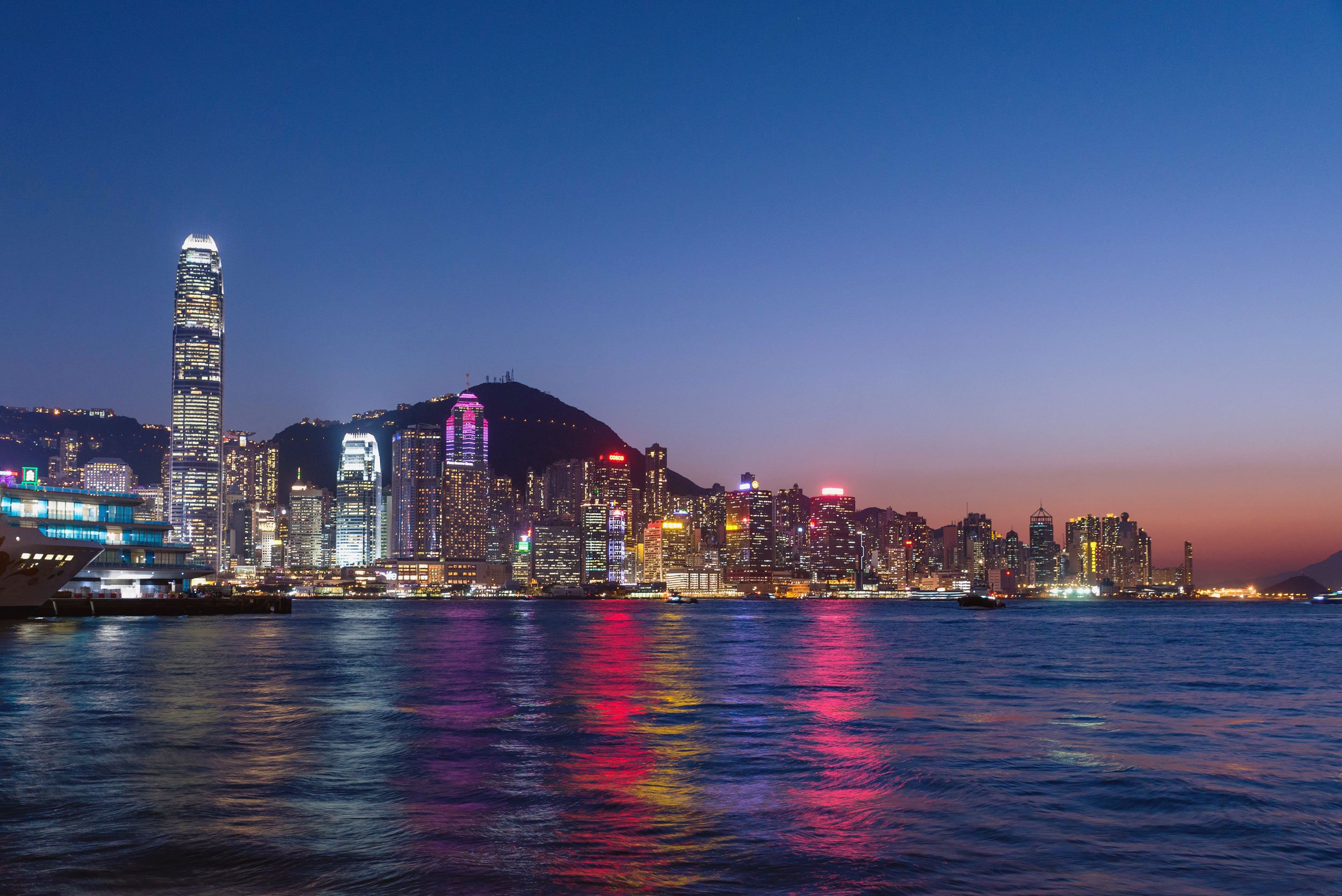Suzhou, China
Dubbed the “Venice of the East,” Suzhou’s picturesque canals and alleys are a street photography dream.
Shanghai, China: Starbucks Reserve Roastery
A premier Starbucks experience at their third largest location in the world.
Shanghai, China
Traveling in Shanghai for a few days, an energetic city and one of China’s and Asia’s main hubs.





